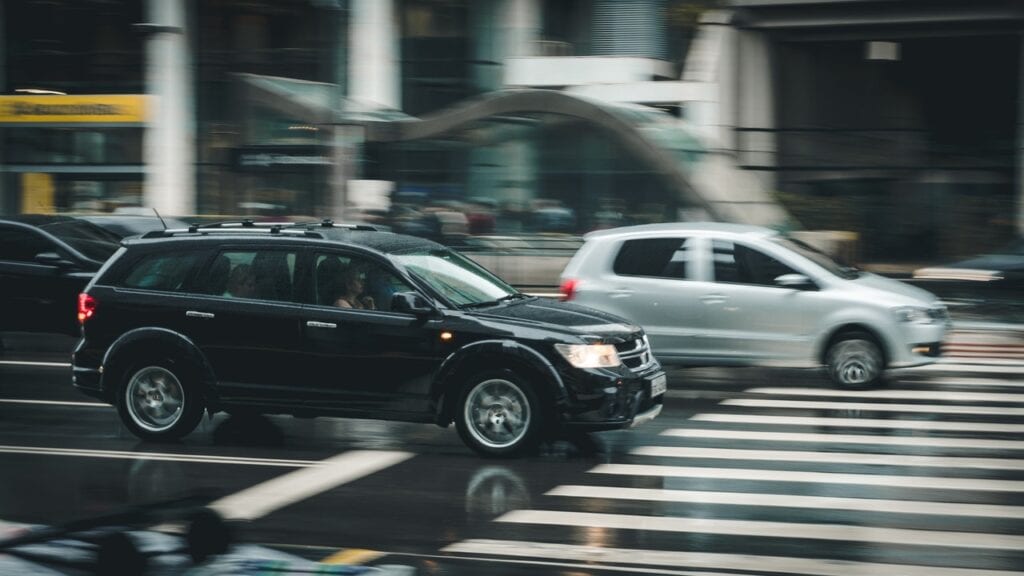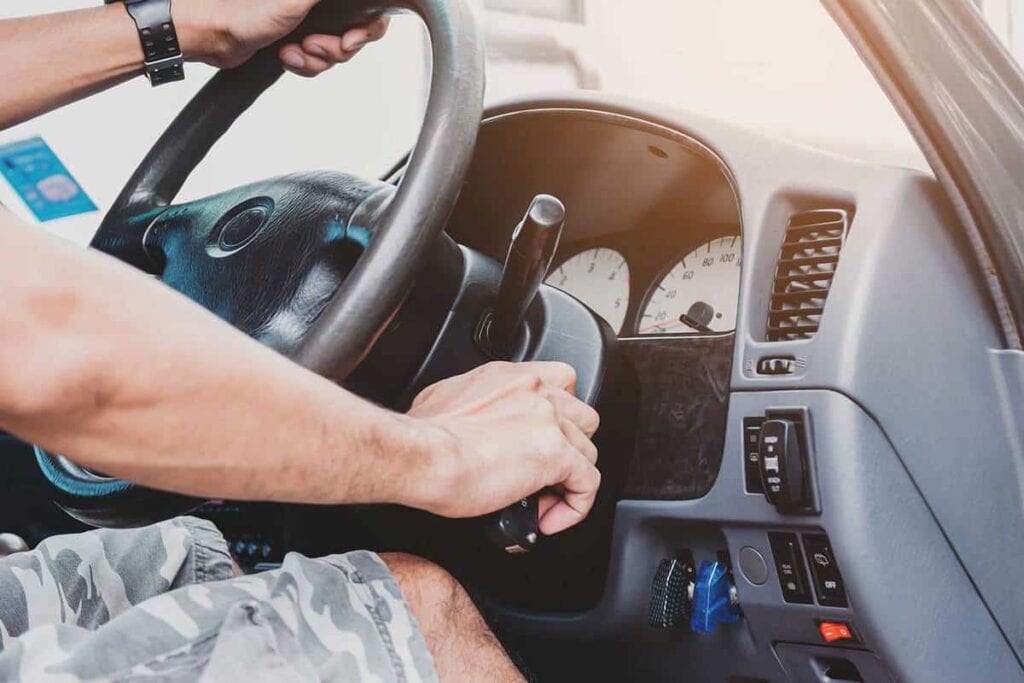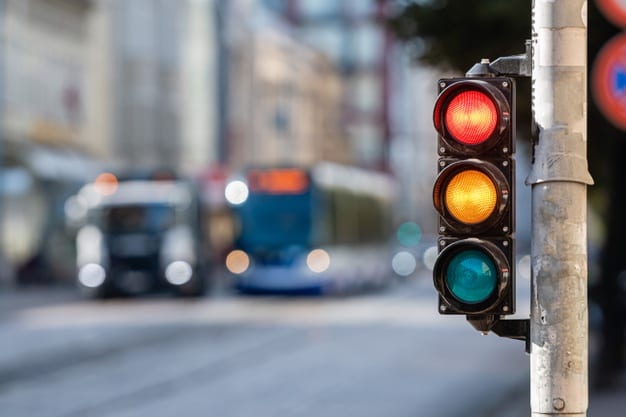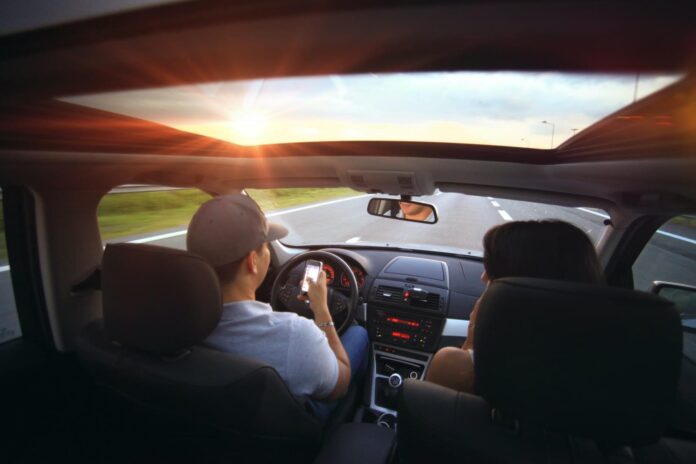More often than not, learning how to drive is easier than it looks. Though it may appear to be intimidating from afar, the process becomes intuitive from the minute you step behind the wheel. There’s nothing shameful about being inexperienced on the road, as experience only comes with time. Take your time to master the basics, speak to those with on-the-road experiences, and you’ll soon be on your way to master driving your first vehicle. You may make blunders during this period, but fret not! This period of inexperience does not last forever. Here are 10 common mistakes made by rookie drivers –– complete with how to anticipate, and avoid them. Safe Drive Gear has more resources for beginner drivers.
Familiarising Yourself With Road Rules

As a new driver, it is especially crucial to memorize the rules of the road by heart. However, it can be common to forget certain technicalities after driving for some time. For example, minute details such as proper signaling, yielding, and giving right of way are concepts that even experienced drivers slip upon at times.
However, it’s good to remember that these road rules are beyond just multiple choice questions on a piece of paper. These rules are enacted to protect the driver and passenger’s safety and to encourage safe driving as a whole. You may have passed your driver’s license, but these rules are not a thing of the past. Take a refresher every once in a while –– you may be surprised at what you forgot. You can check out Go & Drive if you’re interested in becoming a better and more responsible driver through courses.
Distracted Driving
It’s easy to get distracted in today’s ever-moving digital society. Whether you’re checking notifications or simply browsing through social media, the urge to constantly check your phone is hard to resist. Out of all the mistakes a young driver can make, distracted driving is by far the most common. A national survey done by the Children’s Hospital of Philadelphia reported that 89 percent of teenagers have observed their peers texting whilst driving, whilst nearly half reported doing the same.
Distracted driving can, and will, have terrible consequences. A year-long study by Virginia Tech discovered that distracted driving contributed to 80 percent of all collisions when the driver has looked away from the road for three seconds or more. When you’re behind the wheel, refrain from multitasking. As the driver, you are obliged to keep yourself and your passengers safe. Practice safe driving by remaining focused when driving.
Keeping Your Distance

One surefire way to avoid getting into car accidents is to ensure that your car observes a certain amount of distance from the car in front of yours. A good distance to leave is around 243 feet, which is equivalent to an entire car length, between the two cars before coming to a complete stop. If you happen to be driving on a busy day with bumper to bumper traffic, we recommend loosening up on the gas pedal to put ample distance between cars as much as possible.
Irregular Car Maintenance
Regardless if you’re a fancy car owner, or a rookie driver, scheduling regular car maintenance is an essential thing to do. Owning a car is akin to placing a large investment –– whatever you put inside is what comes out of it. Without proper and regular care, that new Chevy you celebrated can quickly become a financial burden instead, shackling you to never-ending mechanic bills, and auto shop visits. Going for regular car maintenance can help protect your car and you from potential accidents –– it’s always better to be safe than sorry!
Maintain Your Composure

Driving can be stressful…especially if you’re new to it. Even if you follow all the road rules religiously, you’re still bound to meet reckless and careless drivers on the roads. If you find yourself in such a situation, the last thing you want to do is to panic. High levels of anxiety and panic significantly impair our critical response time, which could lead drivers to make impulsive decisions that may further escalate the situation. It’s normal to feel stressed, but if you’re an easily panicky person, you might want to practice driving more before attempting to cross the highway.
Overcrowding The Car
It’s all fun and games in the backseat until the driver gets distracted, and you risk getting into a potential accident. A study by IIHS found that the more people that are in a car, the bigger the risk of getting into a fatal accident. 16-year-old drivers are at double the risk of getting into a fatal accident with two passengers in the car and could be at triple the risk with three or more passengers. It might sound unrelated, but the presence of having any company can put the driver in a reckless and aggressive mood. No matter the occasion, you should never carry more passengers than there are seat belts. Your car is designed to carry five people, so don’t push it!
Refrain From Risky Behavior

The road is no place for you to be impulsive and mischievous. Risky behavior –– such as speeding across yellow lights, changing lanes unnecessarily, failure to check blind spots, etc –– is a deliberate risk taken that could produce dire consequences that force others to bear. We’re not talking about risking your safety here; your actions may fatally affect the lives of your passengers, and the fellow drivers on the road. Always choose to gear towards the side of caution, no matter how tempting it is to take that risk.
Never Drive Sleepy
Everyone gets drowsy, especially if they’re in a mundane situation without much excitement. However, there’s a certain limit of how much fatigue one can take when driving. Accounting for over 1,500 deaths per year, over-tiredness from sleep deprivation is one of the most common safety hazards when driving. If it’s too late to drive, it might be best for you to take a quick nap, or stay over at your friend’s place until the next morning. It’s not shameful to pull over to the side for a rest! Your actions might even save you your life.
The Need For Speed

Flaunting your new car and revving that engine may feel exhilarating, but speeding remains one of the worst causes of car accidents. In 2005, IIHS found that teenagers drive an average of 1.3 mph faster than regular drivers, and that speeding has led to one-third of all fatal accidents with teenage drivers behind the wheel. Believe me when I say that the temptation isn’t worth the consequences –– your Fast and Furious dreams aren’t worth paying the medical bills. Instead, try to revel in that feeling whilst observing the speed limit. It’s there for a reason.
Forgetting To Buckle Up
Be thankful for the annoying seat belt alarms and warning lights that stop you from not buckling up! It can be frustrating to hear, but ensuring that you’re buckled up is one of the few things that prevents the driver from fatal injuries. Even if you plan to travel to the mall, buckling up should be the first and last thing you do. Do this repeatedly every time you enter a car, and it would soon become part of your natural body language.
Conclusion
For most teenagers, learning how to drive is an important rite of passage to adulthood. However, earning your freedom and independence comes at a heavy price. According to the Insurance Institute for Highway Safety, teenage drivers are four times more likely to get into traffic accidents than experienced drivers. If you’re a young driver, we encourage you to play an active role in maintaining road safety by following these rules carefully. Let’s work together to make the road a better place for everyone!







